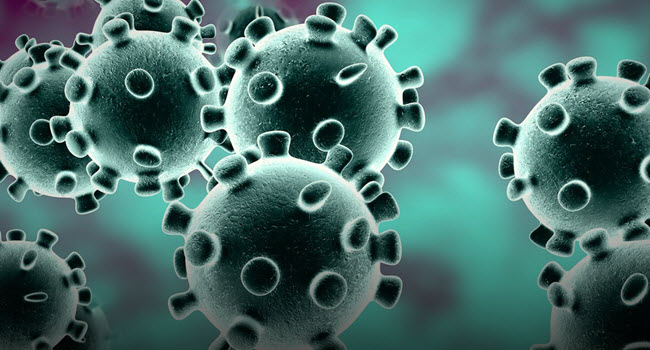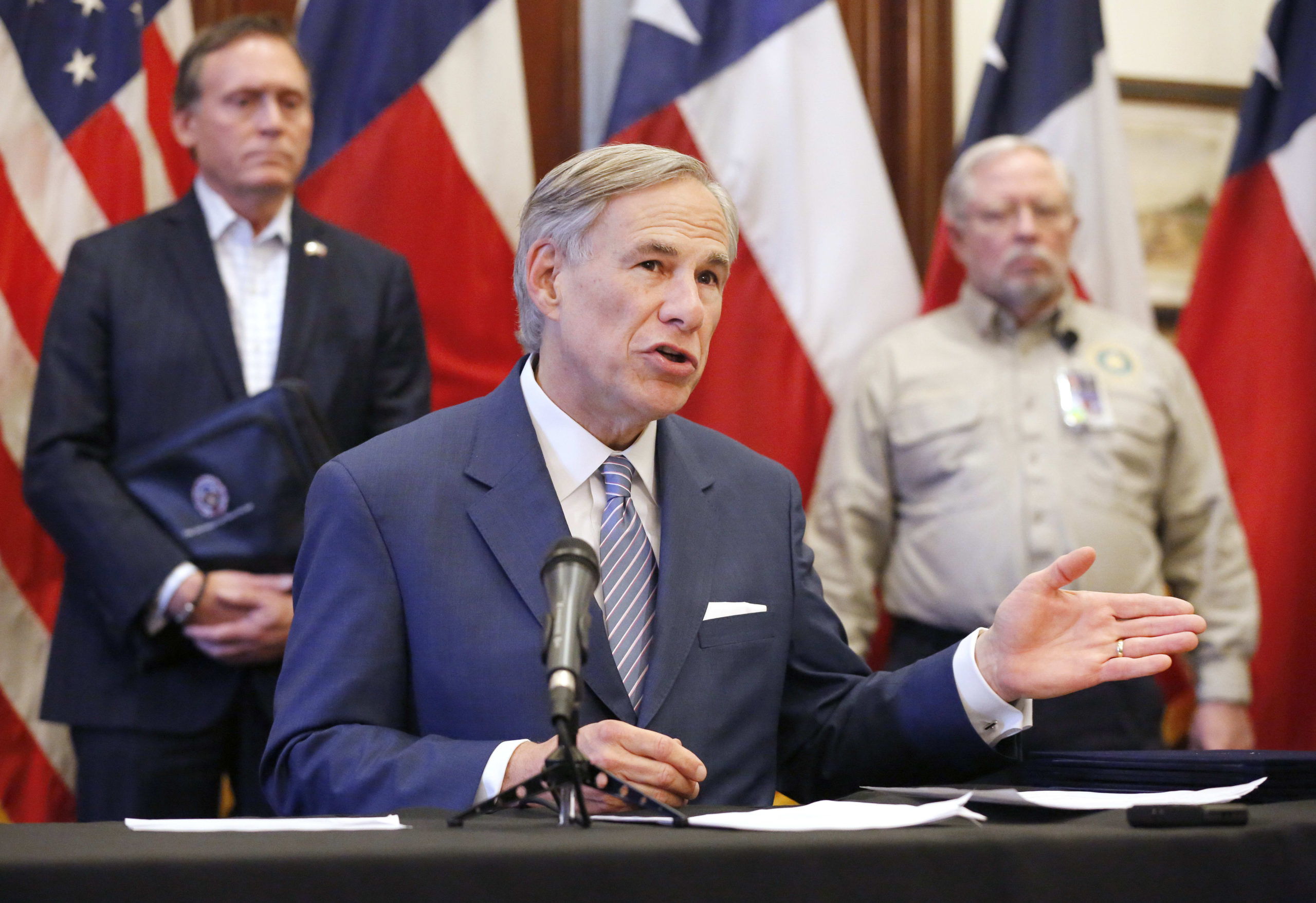[ad_1]
By Dennis Thompson
HealthDay Reporter
MONDAY, April 27, 2020 (HealthDay News) — Testing for the COVID-19 coronavirus can be an unpleasant affair, with a doctor or nurse shoving a cotton swab deep into your nasal cavity to get a good sample.
But results that are just as accurate can be obtained from a more easily acquired saliva sample, a new Yale study reports.
Saliva samples taken from just inside the mouth were more accurate and consistent than deep nasal swabs taken from 44 patients and 98 health care workers, the researchers reported.
For instance, saliva samples detected the coronavirus in two health care workers without symptoms who’d previously been cleared by a deep nasal swab, the Yale researchers said.
“We found it performs as well as, and in a number of cases better, than the nasopharyngeal swab,” said lead researcher Anne Wyllie, an associate research scientist at the Yale School of Public Health in New Haven, Conn. “We have another very viable option.”
The findings were published April 22 on medRxiv, a preprint server for emerging research.
Switching to saliva testing would have many advantages over taking deep nasal samples, Wyllie said.
Saliva testing requires far fewer materials, and thus would be more immune to the supply chain problems that have hampered efforts to expand COVID-19 testing through deep nasal swabs, Wyllie said.
“There wouldn’t be a shortage of things to collect the saliva sample in, because there are so many options that are possible,” Wyllie said, adding that any collection cup or container could be reused after it’s been disinfected.
Health care workers also would need to wear less personal protective equipment when taking a saliva sample compared with a nasopharyngeal swab, Wyllie said.
Nasopharyngeal testing involves inserting a swab deep into the nose, into the region of the pharynx. The swab is then rotated to collect secretion before it’s yanked out and sent off to a lab.
“Taking the swab itself can cause patients to sneeze or cough, which carries a lot of risk to the health care workers,” Wyllie said.
Continued
Saliva tests also could be easily adapted for rapid home testing, Wyllie added, noting that most people would be hard-pressed to shove a swab deep enough into their own noses to get a good sample.
“I can’t imagine reliably doing that to myself,” Wyllie said of performing a self-swab.
The U.S. Food and Drug Administration gave emergency use authorization on April 13 for a saliva-based test for COVID-19 developed by researchers at RUCDR Infinite Biologics, a Rutgers University-backed group. The approved test must be conducted in a health care setting under supervision of a qualified professional.
Wyllie noted that a number of other research teams are also testing the reliability and accuracy of saliva testing, and coming up with good results.
Some places already are moving toward saliva testing.
Jill Taylor, director of the New York State Public Health Department’s Wadsworth Center, said her institution might switch to a combined light nasal swab and saliva test instead of deep nasopharyngeal swabbing, based on an in-house study they conducted.
A swab run around the inside of the nose combined with a saliva test would only miss 5% of positive COVID-19 cases, compared with 2% missed by nasopharyngeal swab testing, the New York researchers found in a study of 226 specimens.
“The [nasopharyngeal] swab was clearly the best sample, but the nasal swab and saliva were quite good also,” Taylor said. “So, at the moment we are looking at combining a nasal swab and saliva so that compared to the nasopharyngeal we would be close to the sensitivity.”
Wyllie believes that saliva testing will become the standard for COVID-19 testing in the future, particularly given the need for quick testing as the United States and other nations start to emerge from lockdown.
“It’s going to take a lot of pressure off different aspects of supply chains. It’s going to be so much quicker and easier to get saliva samples. I really think this is going to be the way forward,” Wyllie said.
















